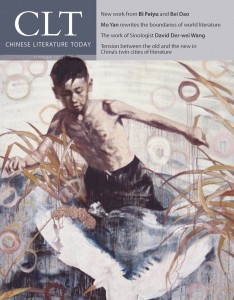The MacGuffin – Spring/Summer 2010
Curiosity got the better of me. Once I’d read the title, “Je Suis un Ananas” (I am a Pineapple) in the TOC, I had to turn to Libby Cudmore’s essay right away. I got doubly rewarded for my impatience. First, with Cudmore’s short, insightful response to “new media” (YouTube, Facebook) efforts to encourage a revisionist approach to childhood memories; and then by Colleen Pilgrim’s exquisite black and white photo, “Bog Trail,” which I had not expected on the facing page. The quality of Pilgrim’s photo sent me straight back to the TOC to look for other photos, and I was happy to find another of Pilgrim’s photo, and stunning images by Patrick Mog and Robert McGovern. Continue reading “The MacGuffin – Spring/Summer 2010”

